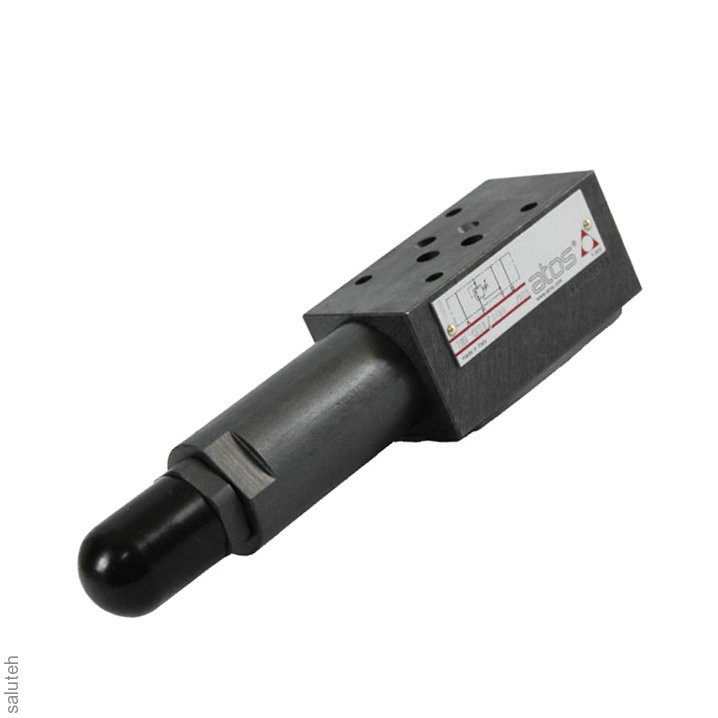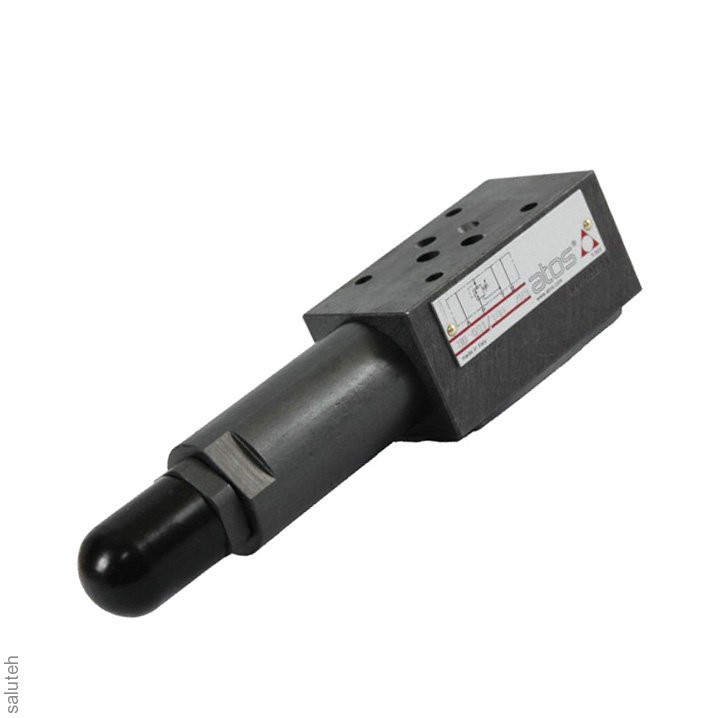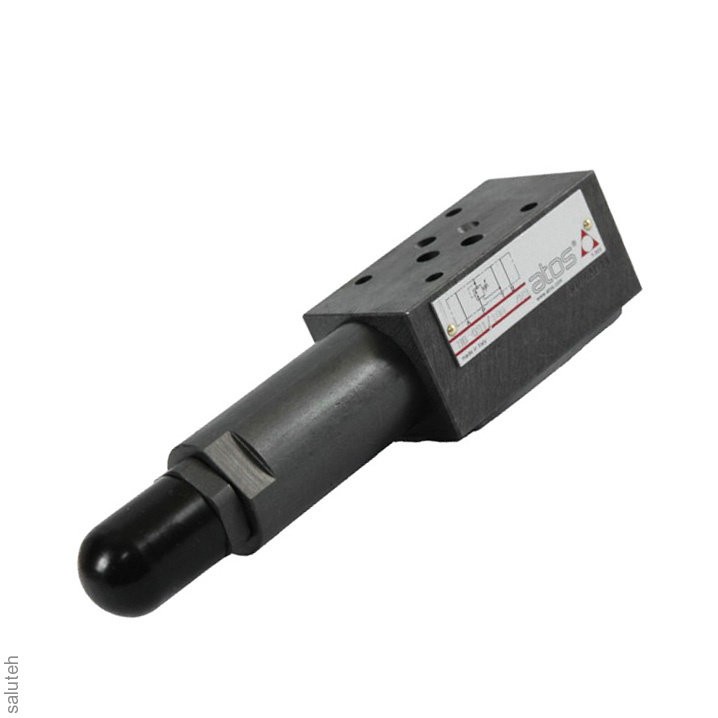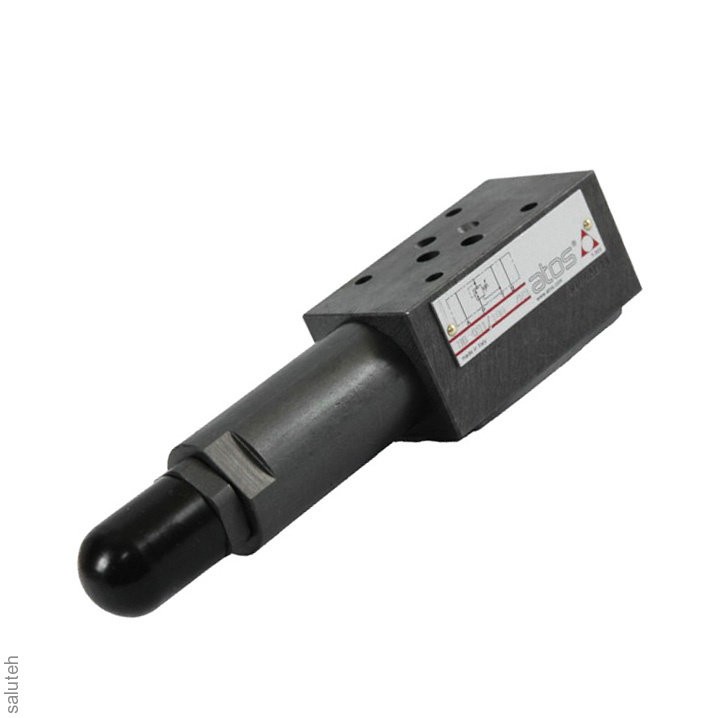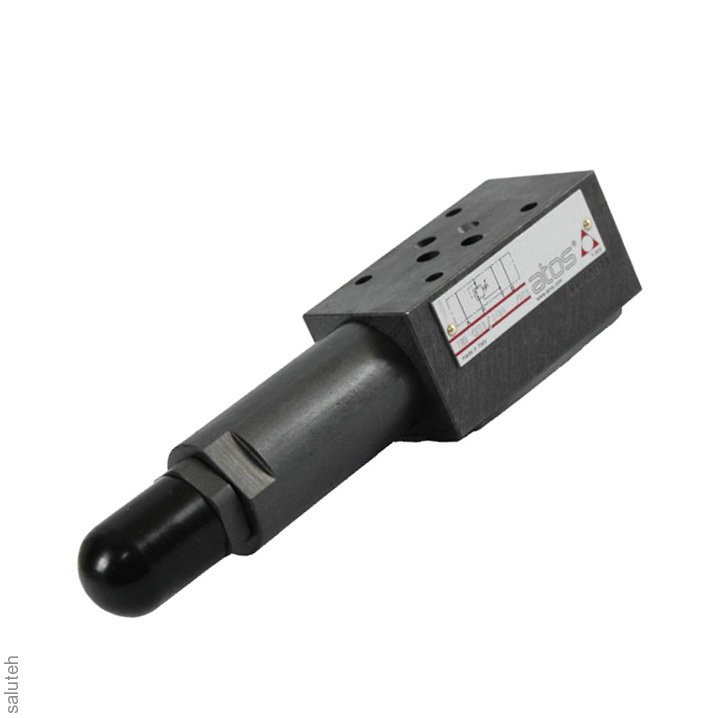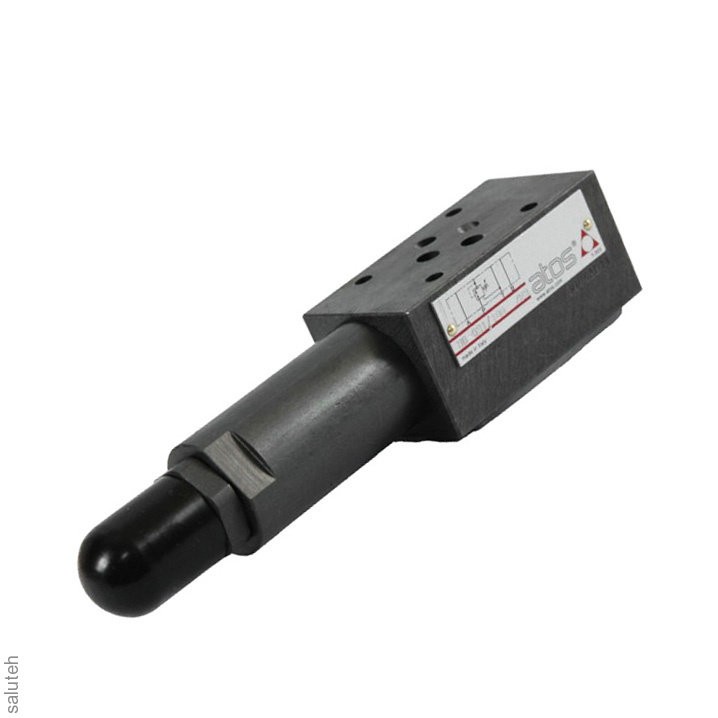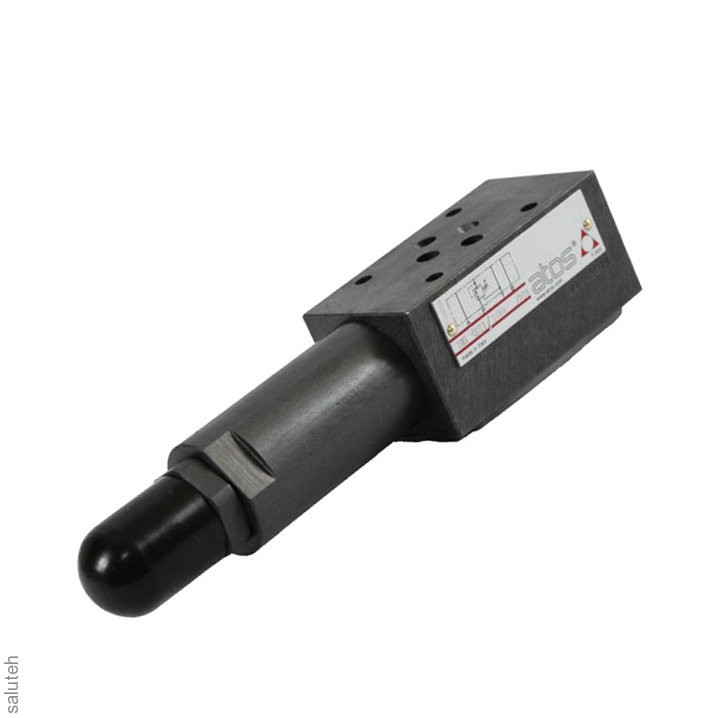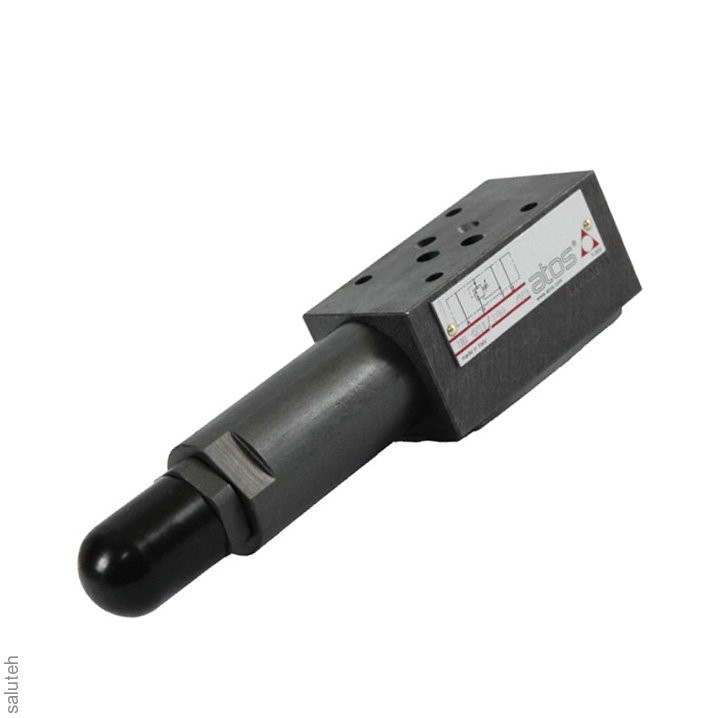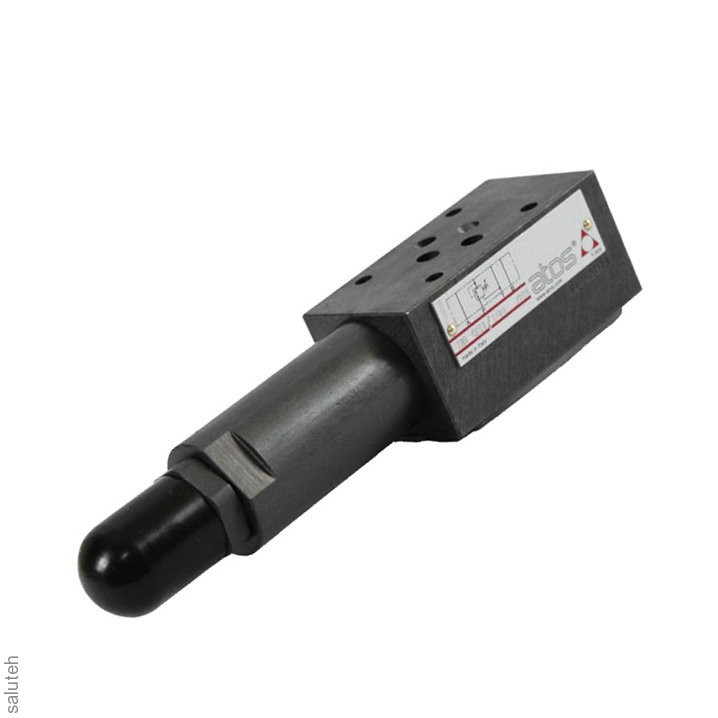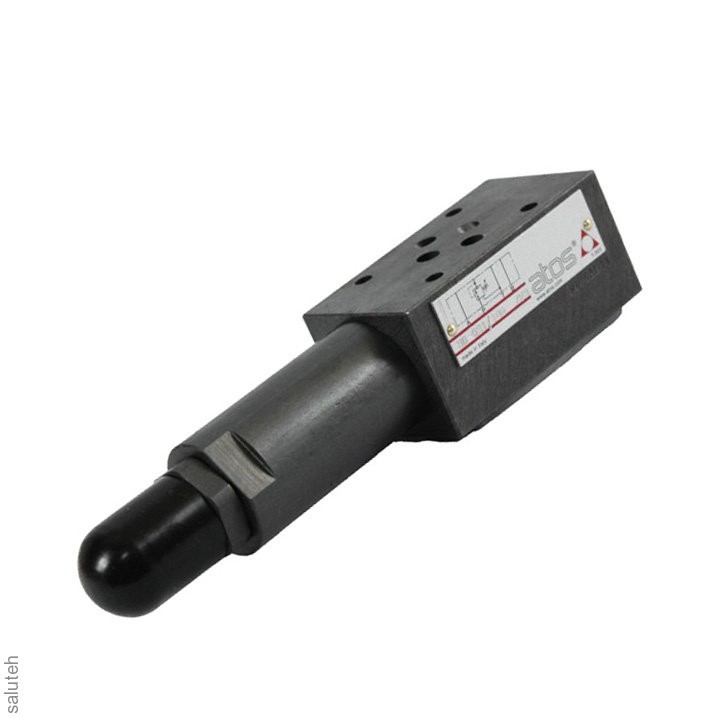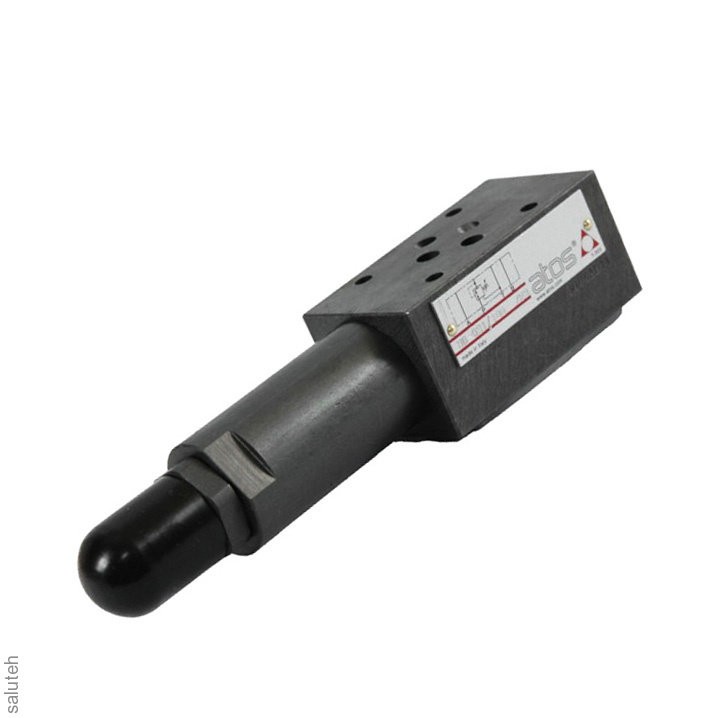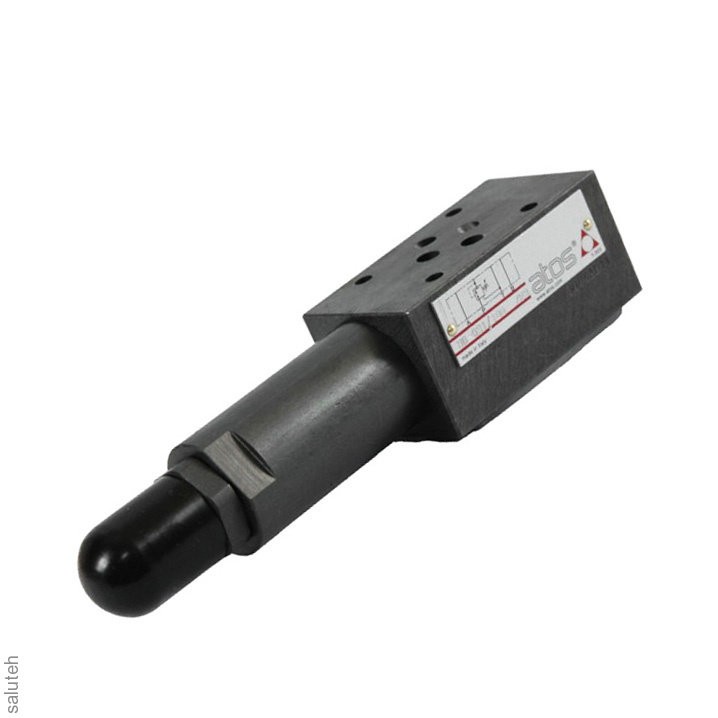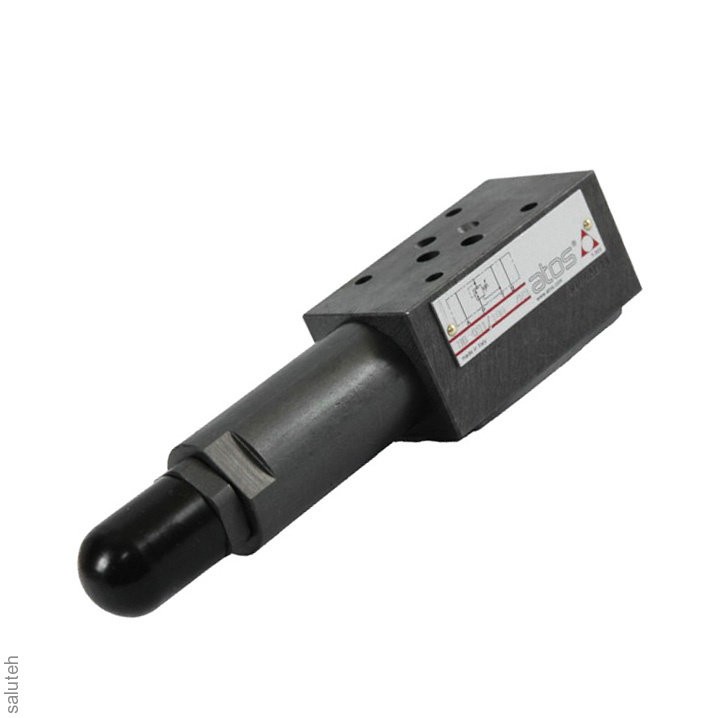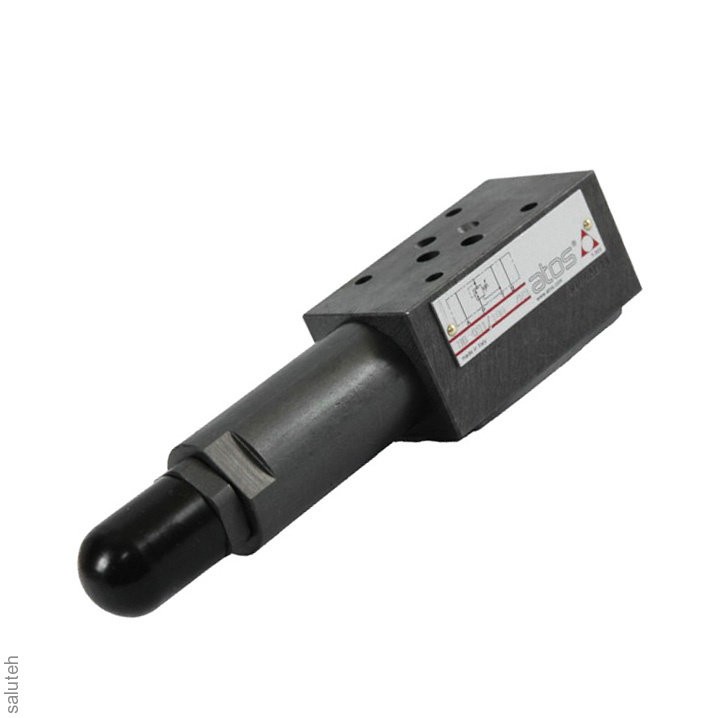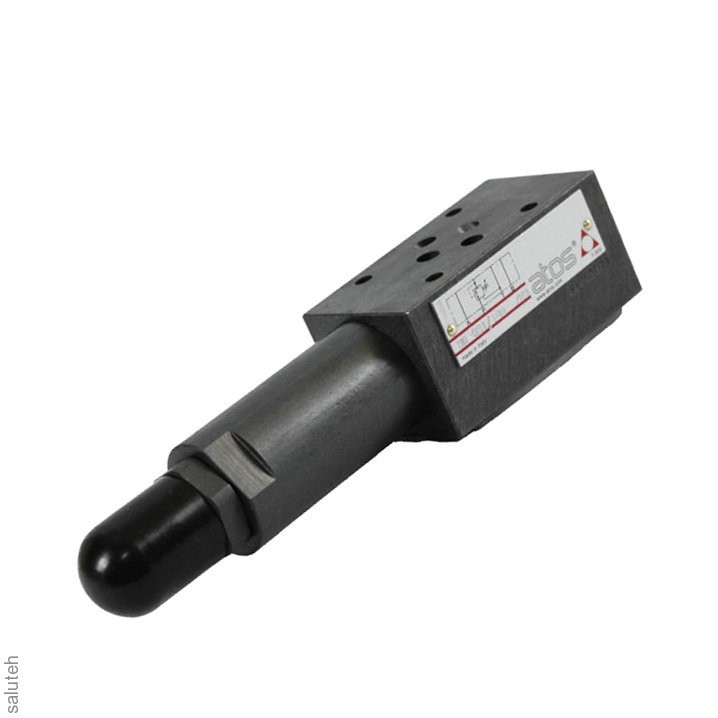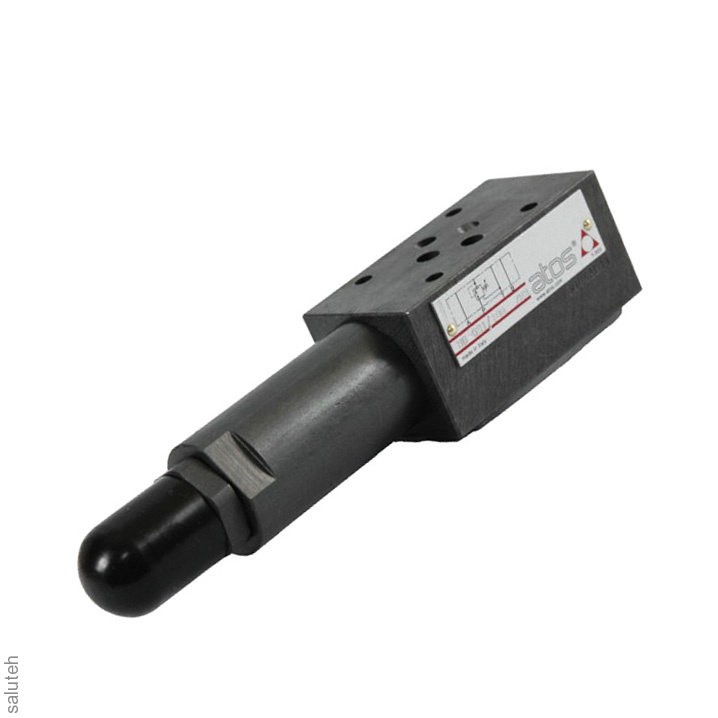Pressure reducing valves
Characteristics of pressure reducing valves
The water supply system uses different components, on which the productivity of the entire structure depends. One of the important elements is the pressure reducing valve, which belongs to the control pipe fittings. No water supply system can do without it, where it is necessary to maintain a constant pressure of the internal working medium at the outlet. The regulator allows you to control and regulate the pressure in the system by reducing the throttle valve disc. The hydraulic resistance that passes through the pressure reducing valve changes automatically due to an increase or decrease in the flow section.
It is recommended to install the pressure reducing valve in the following cases:
- to stabilize the pressure in the system when it is above 5 bar;
- at an operating pressure exceeding 80% of its actuation in front of the safety valve;
- to prevent pressure drops and water shocks in the network.
In order for the water supply system to function properly, it is recommended to install a special strainer in front of the pressure reducing valve, which will trap foreign particles and impurities inside.
Design features of the pressure reducing valve
The device of the valve of the reduction type can be in two versions, namely:
- A direct acting reducer is a device in which the measuring element acts directly on the regulating component by means of direct contact without additional energy sources. The design of the direct action valve can be spring or diaphragm.
- An indirect action reducer is a device where the measurement element transmits messages to the controller, which directly affects the adjustment element.
The possibilities of the valve of the reduction structure are due to the following advantageous factors:
- protects the system from hydraulic shocks and other pressure fluctuations;
- significantly reduces water consumption;
- reduces noise and vibration levels;
- stabilizes the flow pressure.
Any water supply system has a recommended operating pressure range, so if it is exceeded, the equipment may fail. Pressure reducing valves perform the function of a dampener for water shocks, thereby preventing equipment damage. To stabilize the pressure in the gas pipeline system, a gas reduction valve is used, which performs the same functions as a water valve.
Areas of use of pressure reducing valves
The standard high-pressure reducing valve is used in general, autonomous and distribution cold water supply systems for the safe use of hydraulic engineering.
The pressure reducing control valve is most often used in systems such as:
- water supply networks;
- gas installations;
- pumping devices;
- fire extinguishing networks;
- agricultural irrigation systems.
The company "Salutech" is engaged in the supply of high-pressure pressure reducing valves and other elements of pipeline fittings for hydraulic systems. The products are delivered to any region of the country.

